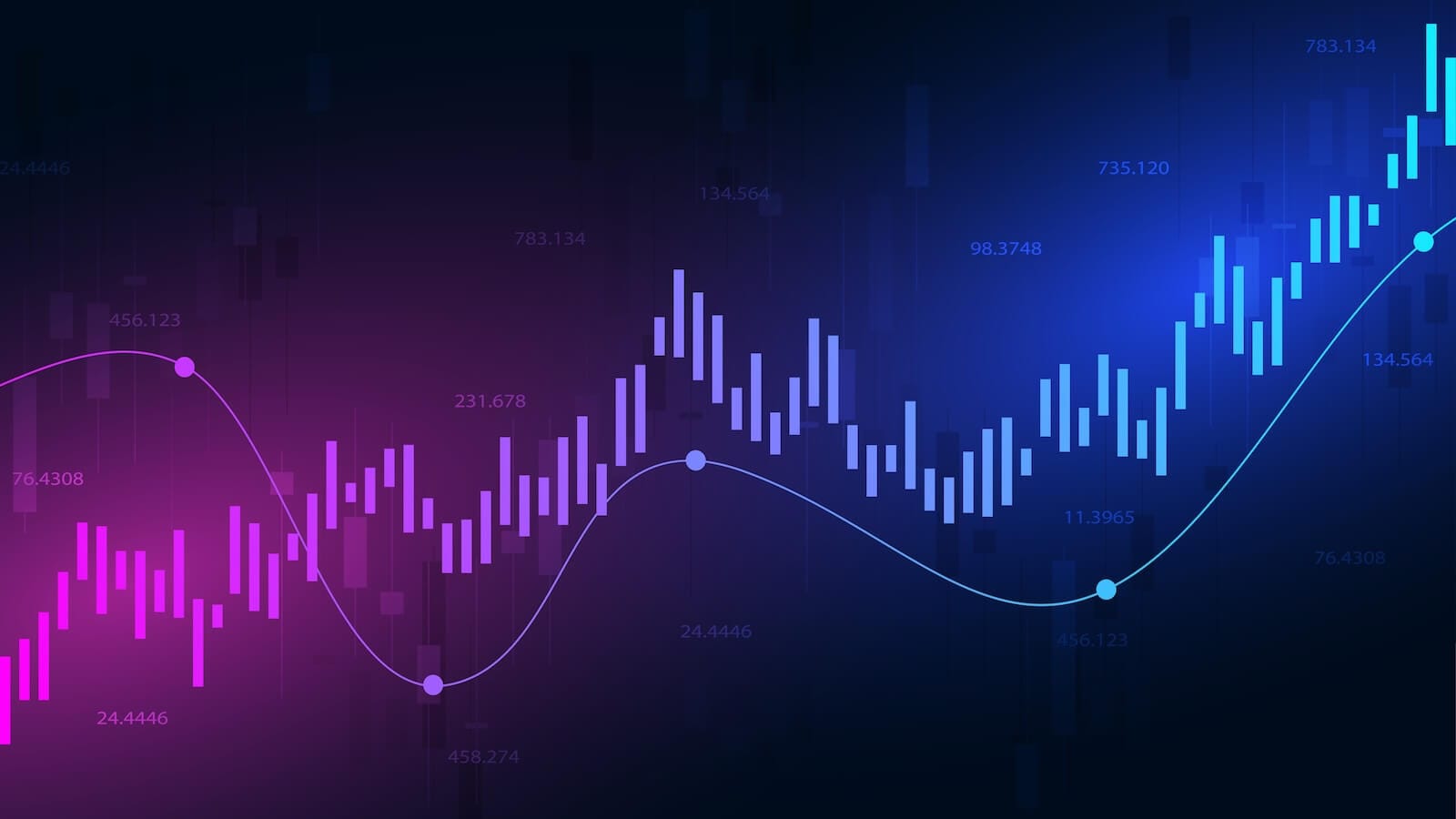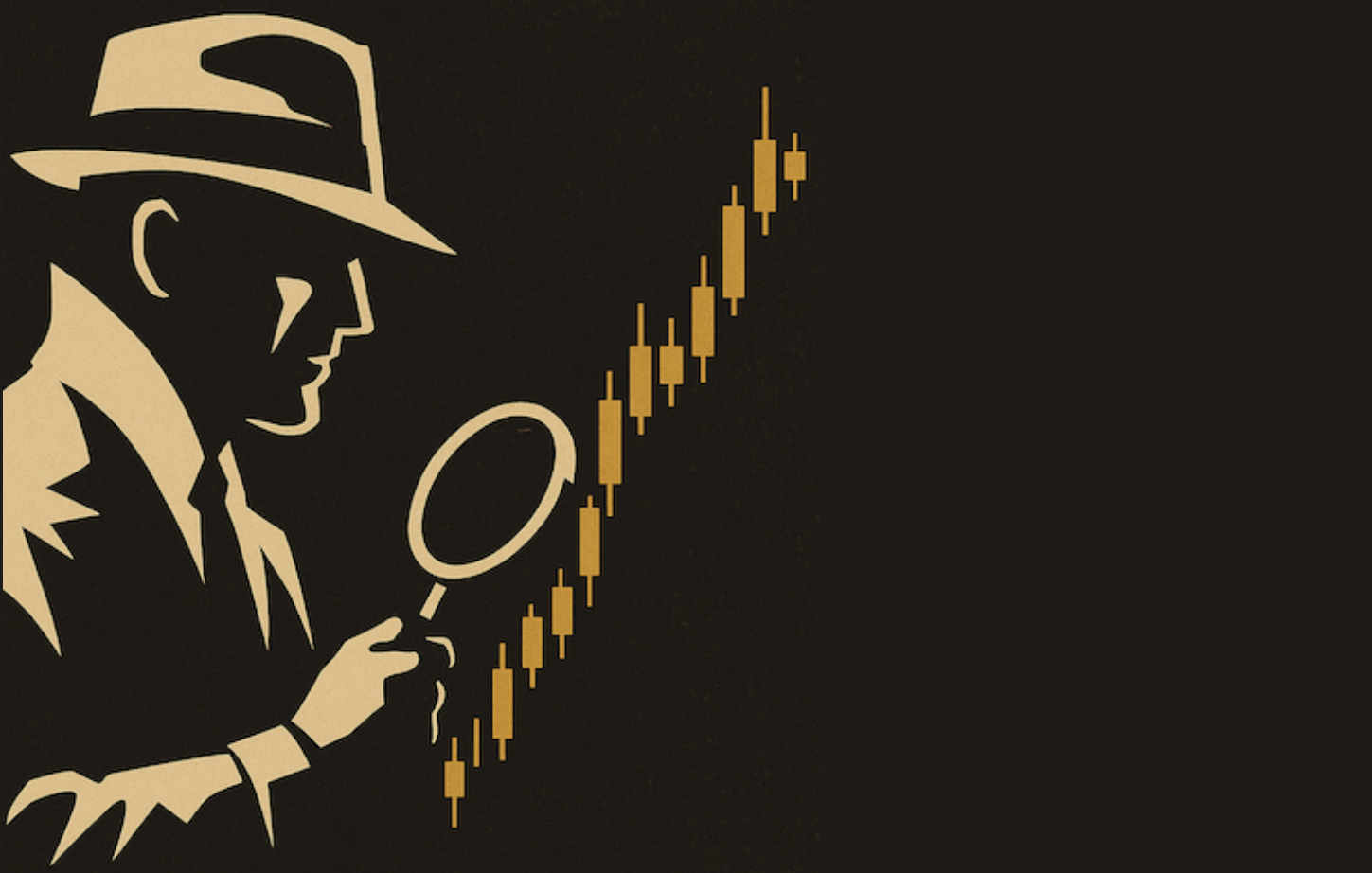THE SEMICONDUCTOR/OIL SERVICE RATIO IS FALLING AGAIN WHICH IS USUALLY BAD FOR THE MARKET -- NEW ENERGY LEADERSHIP ISN'T GOOD FOR THE MARKET EITHER
SOX/OSX RATIO REVISITED... Semiconductors have been falling this week while oil service stocks have been rising. The relationship between the two industry groups can be examined by plotting a ratio of the two. Which brings us back to the Semiconductor (SOX) Index/Oil Service ($OSX) ratio which is plotted in Chart 1. [The ratio can be created by using the symbol $SOX:$OSX]. Chart 1 shows the ratio turning up in late September and breaking its 50-day average in late October (see first blue arrow). After peaking in December, the ratio is back under its 50-day line and trading at a two-month low. While that's good for energy stocks, it's not good for rest of the market. That's because the direction of the ratio tells us something about the technical condition of the market as a whole. The last time I wrote about their relationship was in mid-October when the ratio was starting to rise (October 12, 2004). Let's update the chart.

Chart 1
LONG-TERM LOOK AT SOX/OSX RATIO ... Chart 2 is an updated version of the same chart I showed on October 12. To repeat some of what I wrote then, a rising ratio is usually good for the market, while a falling ratio is usually bad. There are two reasons for that. First of all, the market usually does better when technology is showing relative strength. Semiconductors are often a leading indicator for the technology sector. That's why relative weakness by semiconductors is a negative for the market. At the same time, energy outperformance is usually bad for the market. That's because relative strength by energy stocks is associated with rising oil prices, which is bad for the market and the economy.

Chart 2
WHY THE RATIO IS IMPORTANT ... Chart 2 shows the ratio bottoming from October 2002 to March 2003 (see green circle) -- as the market was forming a bottom. The ratio rose throughout 2003 along with the market. The 2003 rally was led by technology stocks -- and semiconductors in particular. The ratio peaked in late 2003 (see red circle) and led to a downturn in stocks at the start of 2004. The falling ratio told us two things. One was that a weak semiconductor group was leading technology stocks lower. The other was that energy stocks had assumed a leadership role. Throughout the year, the Oil Service Index was the year's strongest index, while the SOX was the weakest. Technology weakness and energy strength is a bad combination for the market. During October, I wrote that the ratio was starting to bounce (see green arrow), which would aid a fourth quarter market rally. Unfortunately, the ratio failed at its 2004 down trendline (see black arrows), and is now dropping. As long as the ratio keeps falling, that will increase the risk level for the market. Along those same lines, one of my January 11 headlines was "Energy Buying in New Year Could Add to Market's Problems". The recent upturn in energy prices could make a vulnerable stock even more vulnerable.

Chart 3
ENERGY SPDR/S&P RATIO NEARS UPSIDE BREAKOUT... One of the rules of intermarket analysis is that it's usually not a good sign for the market when oil stocks start to do better than the S&P 500. One way to track that relationship is with a ratio of the Energy SPDR (XLE) divided by the S&P 500 SPDR (SPY). Chart 3 shows a point & figure chart of that ratio. An upside breakout at the start of 2004 turned out to be bullish for energy and bearish for the S&P 500. A p&f downturn during October helped launch the fourth quarter rally in the S&P 500 as oil stocks corrected downward. The last x column to the right shows the XLE/SPY ratio on the verge of the first upside breakout in three months. That would be good for energy -- but potentially bad for the S&P 500.








